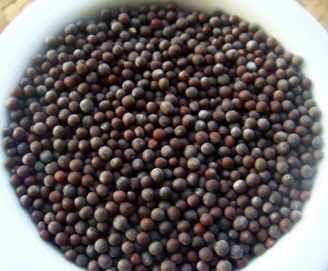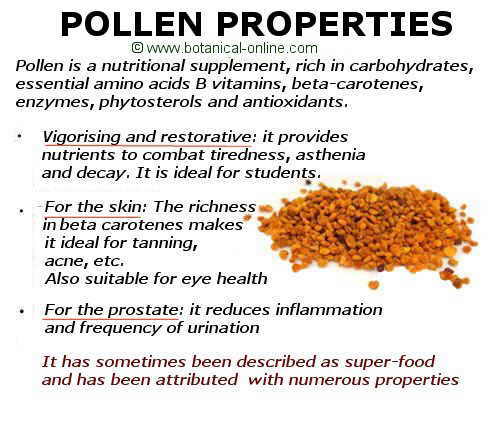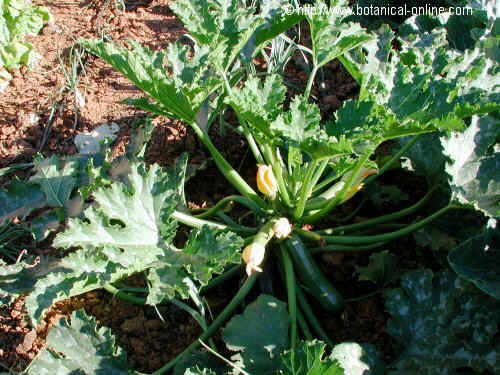Contents
- 1 What is homocysteine and why should its values be lowered?
- 1.1 Why do high levels of homocysteine in the blood appear?
- 1.2 Why is homocysteine so unknown?
- 1.3 What is homocysteine and what is it for?
- 1.4 Functions of homocysteine in the body
- 1.5 How can I know my homocysteine levels?
- 1.6 What are the normal values of homocysteine in the blood?
- 1.7 What are high blood homocysteine values?
What is homocysteine and why should its values be lowered?
Homocysteine is a toxic substance that accumulates in the blood when there is a risk of suffering from dementia, depression and cardiovascular accidents.
Why do high levels of homocysteine in the blood appear?

High blood levels of homocysteine can come out in a blood test for very different reasons, such as a vitamin deficiency, smoking, the use of certain medications, elite athletes, or in case of illness. In many cases, this alteration can be reversed with a good lifestyle.
Why is homocysteine so unknown?
The majority of the population does not know what homocysteine is, but, due to the importance it is acquiring, it seems that in a few years homocysteine will be as important as cholesterol seems to us today.
When the analyzes show high levels of this substance, and the results are prolonged over time, they can indicate a health problem.
What is homocysteine and what is it for?
Homocysteine is an amino acid practically unknown to most of the population, but it has received a great interest on the part of the scientific community lately due to investigations that were born on the decade of the nineties.
Since then, it has been observed how high values of homocysteine in blood correlate with increased risk of birth defects, dementia, depression, cardiovascular accidents and death. For this reason, it is often said that homocysteine is a toxic amino acid, although at normal levels, it is a natural waste product of the body.
Functions of homocysteine in the body
The body itself produces homocysteine as a residual substance of some chemical reactions that occur during metabolism. Among the metabolic processes involved, the most important is that of cell renewal, since homocysteine is produced as a residue during the repair of DNA (genetic material). When we make new cells, homocysteine is produced. The processes of hepatic detoxification also produce homocysteine as waste.
In normal amounts, this substance can be neutralized and eliminated from the body without difficulties. However, some circumstances can cause homocysteine to accumulate to toxic levels, causing damage to the body (especially in the arteries, causing arteriosclerosis) and increasing the risk of cardiovascular accidents.
How can I know my homocysteine levels?
For many years, homocysteine has only been used in scientific research. Given the importance of this component as a predictor of cardiovascular risk and the detection of possible vitamin deficits, it is increasingly common for physicians to request their levels in blood control tests.
What are the normal values of homocysteine in the blood?
Blood homocysteine levels should be below 8 – 10 micromoles per liter (μmol / l), which is considered excellent levels.
What are high blood homocysteine values?
High homocysteine values from 11 μmol / l in blood are considered when there may be health problems. The increase of homocysteine in blood is known as hyperhomocysteinemia.
A 10% increase in homocysteine is associated with having between 5 and 10% more risk of death from any cause and reduces life expectancy between 6 months and 1 year.
![]() More information on homocysteine
More information on homocysteine








